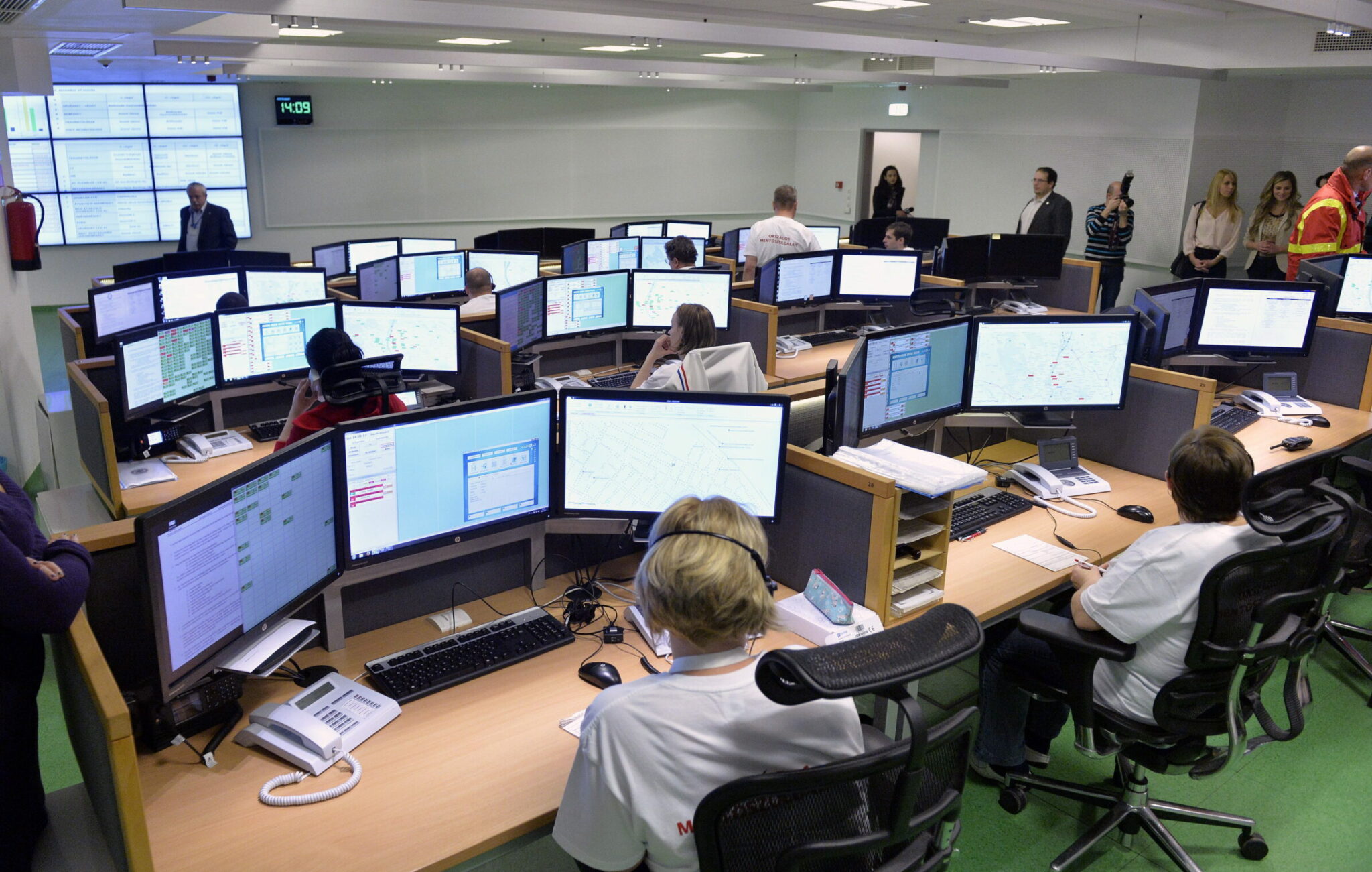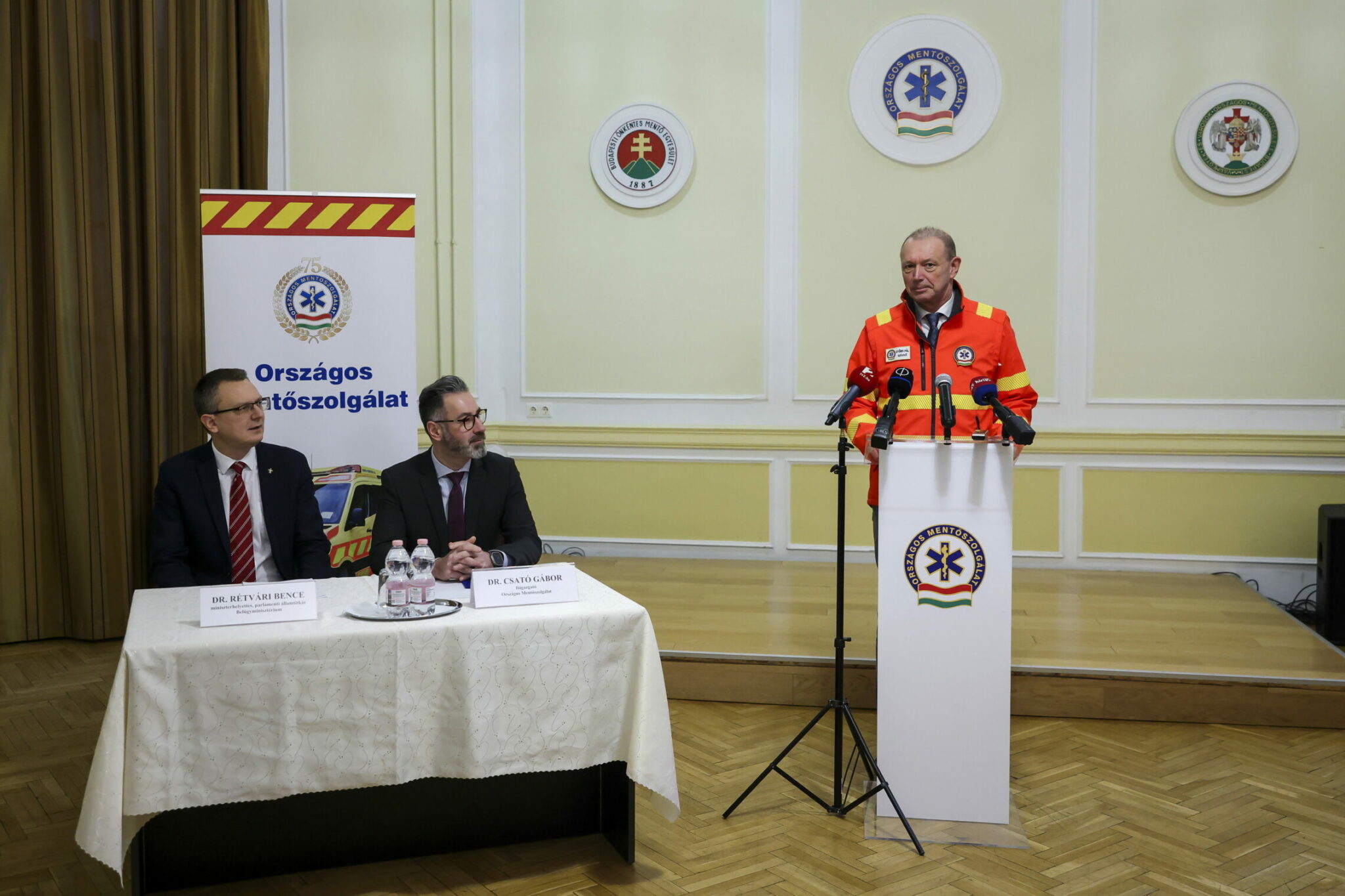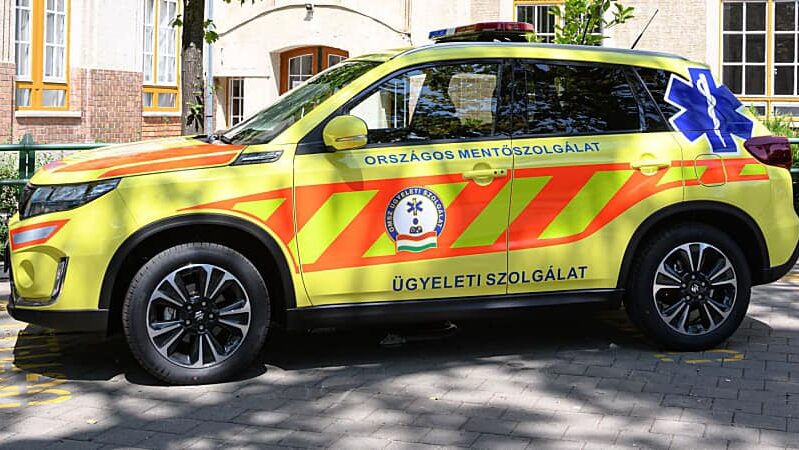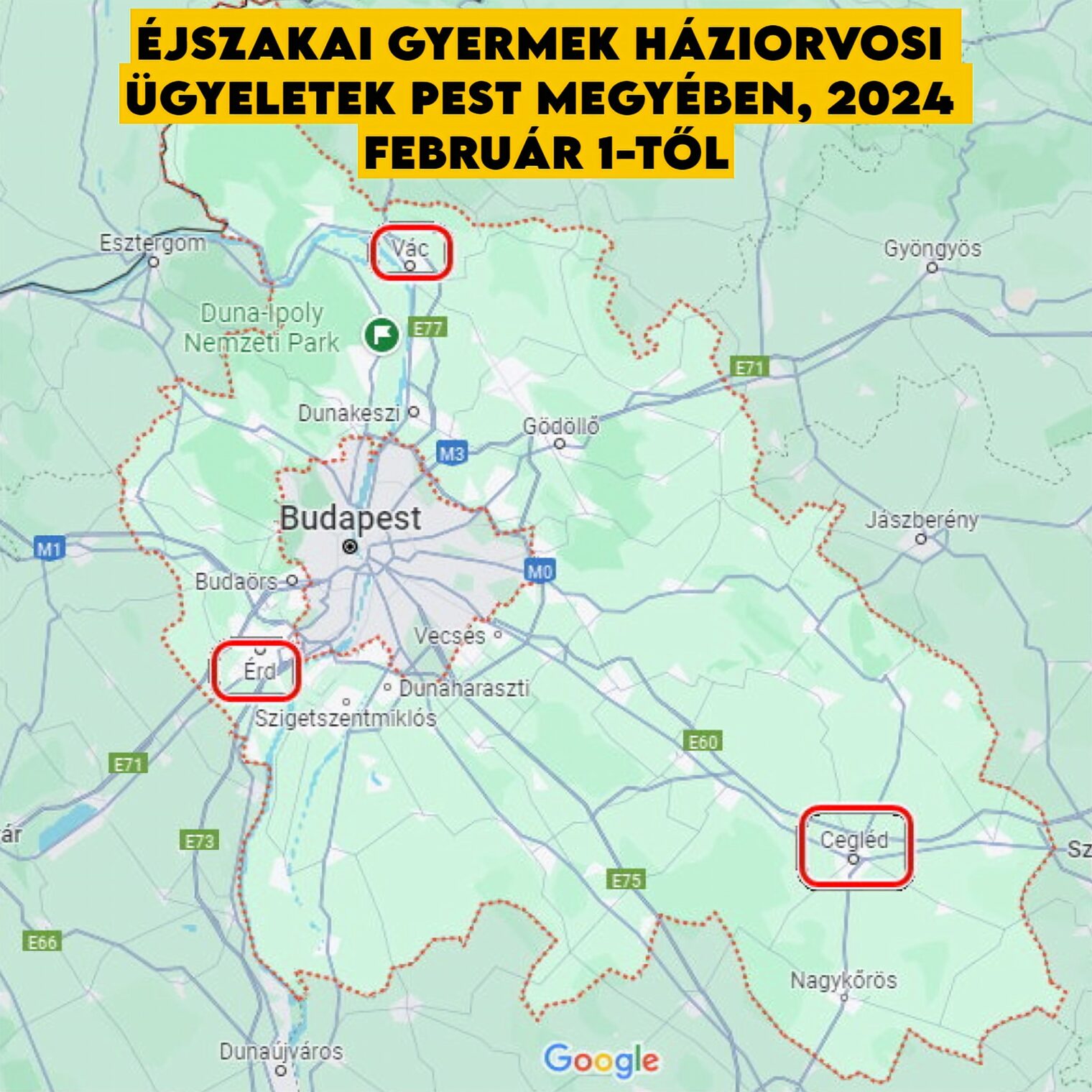The https://english.atlatszo.hu use cookies to track and profile customers such as action tags and pixel tracking on our website to assist our marketing. On our website we use technical, analytical, marketing and preference cookies. These are necessary for our site to work properly and to give us inforamation about how our site is used. See Cookies Policy
Few bandages and doctors, heavy workload: experiences of the new doctor on-call system in Pest County
The new on-call doctor system was launched in Pest County on 1 February. In 187 county municipalities, ambulance services and general practitioners will replace service providers. Instead of the previous 52 on-call points, from February, there will be only 18 on-call centres, 12 of which will have a centre from which doctors can drive to their homes.
On 5 February, a woman from Szentendre spent half an hour trying to reach the emergency number to call the GP to her dead father. It was necessary because the GP issued the death certificate. The woman was unsuccessful, and the GP arrived five and a half hours later.

But this is not the only fiasco in the area. Another big problem is that on-call centres for children are available in only three places: Vác, Érd, and Cegléd. In other places, children are examined by general practitioners working with adults. According to the pediatricians we interviewed, this doesn’t seem right. They said “The child is not a small adult” and questioned how well GPs can make responsible decisions when they “haven’t seen a child up close in 20-30 years”.
Sick children, worried parents
The case of Mónika Hajagos-Domokos is a good illustration of how bumpy the new system is. The mother of five is already an experienced mother, but she was scared when her 5-month-old baby came down with a bad cold. The Calicivirus that had entered the nursery infected practically everyone, and one of the children brought the illness home. At 4:30 in the evening, the mother noticed that the child had a very high fever and, as usual, called Bethesda Hospital for advice. She was directed to the on-call number 1830.
Mónika Hajagos-Domokos was told that a doctor would be contacted, and they promised to call back, but about three-quarters of an hour passed. Finally, she asked a mother she knew who works in the ambulance service for help. She told her to wait for an hour and a half to see if the antipyretics would work and told her what symptoms to take the baby to the hospital.
1830 did not call back, so Monika dialled 104. They told her they would connect her to a doctor. They finally connected her to the adult emergency room in Szentendre, where they suggested a two-hour cooling bath and that she should see the pediatrician on Monday. This happened on Saturday evening. She also wrote to her pediatrician asking what to do. 1830 finally called her back after 5 am, but luckily the painkillers had worked by then.

The new centre of the National Ambulance Service (OMSZ) in Budapest, inaugurated on 17 December 2014 (Photo: MTI/Máthé Zoltán)
Another mum reported that she had not reached 1830 for 40 minutes, so she went to the adult emergency department with her baby, who also had a fever. There they waited another 40 minutes. The GP suggested antipyretics and to go to the hospital if the fever did not go down.
It is easy to run into similar cases in Facebook groups in the region of the Danube Bend. Some people have written that they needed a pediatric check-up at the weekend, but were referred to the ambulance station from the Emergency Care Department of the hospital in Vác. The sick children and adults were crammed into a relatively small waiting room with no toilets. The commentator added that there were no complaints about the care, just that the conditions were not right.
Pál Győrfi disagreed with the reports. The press officer of the ambulance service told Szentendre TV that “the on-call service is working well, everyone has received patient care, and 6-7 patients are presenting on a weekday, which means that we cannot talk about overloading if we look at 16 hours.”

Pál Győrfi, spokesman of the National Ambulance Service (OMSZ) (j) at a press conference on the new primary care on-call system introduced last February at the Central Ambulance Station on 18 January 2024. From left: Bence Rétvári, Parliamentary State Secretary of the Ministry of Interior (b) and Gábor Csató, Director General of the OMSZ (photo: MTI/Robert Hegedüs)
Because of all this, several municipalities are trying to find alternative means. In Budaörs, the municipality finances online and telephone medical advice, specialist medical care from 7 am to 7 pm, and a door-to-door ambulance service, all operating 0-24. In Pomáz, a private ambulance service was launched on 1 February. In Tahitotfalu and its surroundings, they are trying to reopen an on-call point that has been in operation for decades.
Doctors are not happy either
The overburdened pediatricians in the Szentendre area not only have to care for patients but they are also supposed to be on call at the three pediatric care centres in the area. This is at best 40 kilometres away, but if you have to go from Szentendre to Cegléd, that’s 96 kilometres. The situation is more difficult because on-call and consulting hours overlap, making it impossible for doctors to get to work on time. Several pediatricians said they are happy to work locally if they need to, but they do not want to spend time traveling.
“They said we would be paid because we were entitled to a gross amount of around 11,700 forints per hour” – one of them told Átlátszó. The pediatrician presumably was referring to the statement by Pál Győrfi, in which he wrote that they could even transfer the doctors to other counties if they did not volunteer to be on call.
In spring 2023, government agencies issued administrative decisions requiring doctors who did not sign a new on-call contract to take on-call duty and issued them a warning. According to the Hungarian Chamber of Doctors (MOK) the primary care on-call service is run by the National Ambulance Service (OMSZ) and GPs are on call twice a month, between 16:00-22:00 on weekdays and 08:00-14:00 on weekends and public holidays. So far, the district offices have only warned doctors, but they can also impose heavy fines. They can even have their licence suspended or revoked.
The chamber is also gathering the experience of doctors, and it seems that sometimes the OMSZ has assigned doctors on call to perform tasks beyond their competence and preparedness.
“General practitioners have not been expected to provide an oximetric level of care in emergencies in recent decades, and most have not been trained to do so. Many GPs, therefore, lack the necessary training to perform resuscitation and lifesaving in road traffic accidents, for example, to the level expected of paramedics. On the other hand, due to the significant shortage of human resources, GPs are occasionally called upon to carry out such tasks, and in some cases, GPs are put in ambulances. Or it regularly happens that a colleague with only adult practice experience has to attend to children at a mixed on-call point, so that children in need of care may be referred from the mixed on-call point to an emergency point attended by a pediatrician, further burdening the pediatric emergency point.”
The situation has improved in equipment and medicines, but the chamber reported that there are often shortages of dressings and basic sterile instruments for wound care, and there is also a shortage of equipment for young children.
Complaints included a lack of a doctor or an ambulance officer. Sometimes, there is only one person on duty who has to do both. There are few paramedics, an “absolute shortage” of doctors, and the workload is uneven in the various emergency departments.
Translated by Zita Szopkó. The original, more detailed Hungarian version of this story was written by Zsuzsa Zimre and can be found here.


